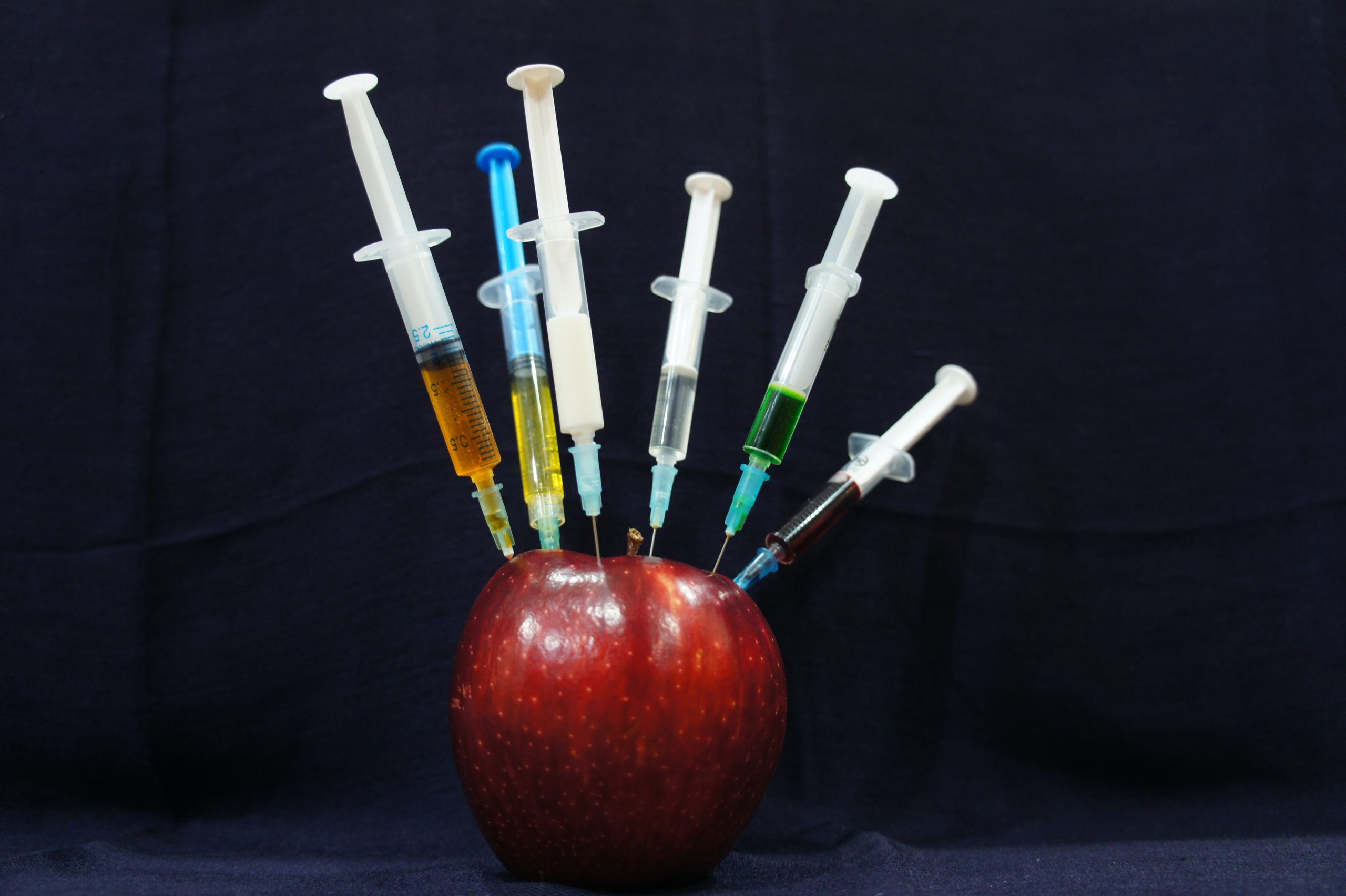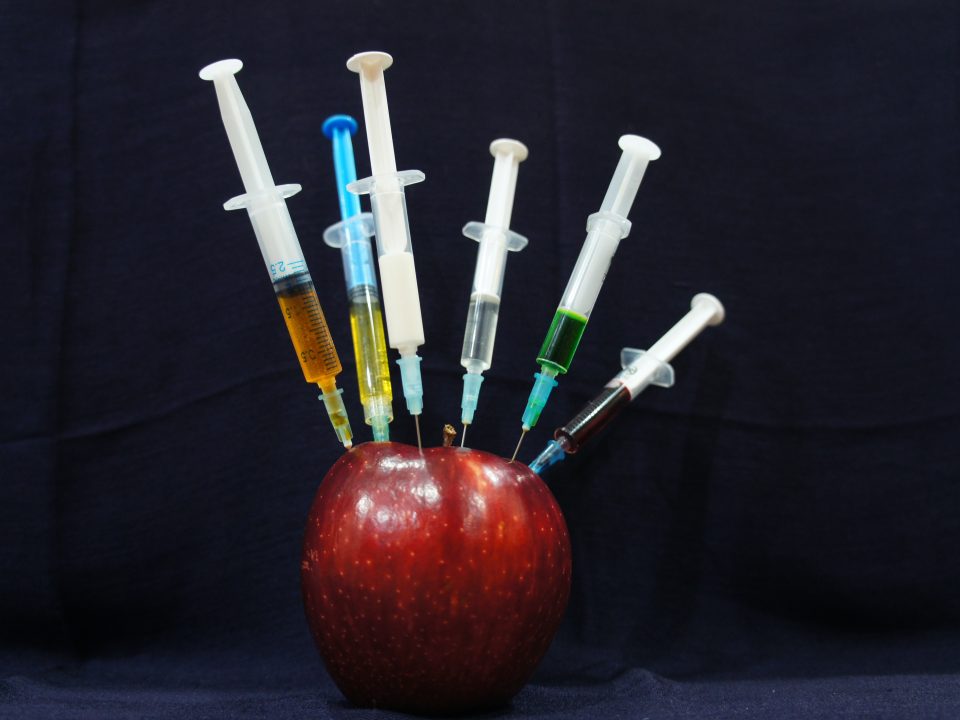
How To Tell When You Ovulate
November 21, 2020
Chinese Medicine and Libido Boosting Foods
November 23, 2020When trying to fall pregnant, women quickly discover that the best chance of conceiving is during ovulation. But how do we know when we are ovulating? You can buy ovulation kits, use apps and also track your basal body temperature. But did you know there is another method that is easier and more effective? Learning to read your cervical mucus is a natural and accessible method, but most women are still unfamiliar with it. Why waste time and money on complex kits and fancy apps when you can simply learn to read your body’s fertility signals. When conception doesn’t happen as quickly as expected, it’s easy to believe our bodies are working against us to prevent pregnancy, but this really isn’t the case. Every month your body sends a clear signal you are about to ovulate through changes to your cervical mucus. In this article, you’ll learn what you need to look for and how to use that information to improve your chances of conception. You can use the technique on its own or in conjunction with your BBT chart. While not essential, it’s useful to record your cycle and mucus changes to gain a better understanding of your body’s rhythms and fertile periods.
Getting Started
To read cervical mucus, it needs to be in a natural state and free from contaminants. That means you need to choose a time to read the mucus when it is free from additional liquids such as lubricants, semen or diluted by sexual arousal. Vaginal infections will also distort your mucus so clear up any infections before you start reading and recording. Another common problem is antihistamines as they dry up mucus and make it challenging to read. This is one of the reasons we strongly suggest avoiding the use of antihistamines while you are actively trying to conceive. Whenever you check your cervical mucus, it is also important to pay attention to your vagina. Does it feel slippery, dry or wet? These can also be useful indications on the state of your mucus and how close you are to ovulation.
Early Days
You’ll be checking your cervical mucus daily starting on the first day after you finish menstruating. Typically at the beginning of the cycle, your vagina is quite dry, and there won’t be much discharge. This will continue for a few days, and then you should start to feel wetter and notice an increase in mucus. Usually, this is about a week before you will ovulate and the mucus will be thick, white or yellowish and slightly sticky. After a few more days, the mucus will change consistency again. It will become creamier in texture and opaque, and its appearance might remind you of moisturiser. This type of mucus is indicating your body is gearing up for ovulation. You should feel your vagina becoming more moist, and also notice some discharge on your underwear.
Fertile Days
As your body is about to ovulate, your mucus changes again and becomes fertile. This is the all-important phase for pregnancy. Your mucus will change its consistency again. This time it will become clear, slippery and stretchy. Many people compare it to raw egg white. Although it is typically clear, it’s not abnormal for the mucus to have a pink tint from blood, so don’t
panic if this applies to you. Your vagina should be feeling very moist with the increased lubrication, and you’ll notice an increased discharge in your underwear. Another way to confirm fertile cervical mucus is with water. Unlike mucus at other points in your cycle, fertile mucus doesn’t dissolve in water. If you see small opaque balls in the toilet bowl, then this is fertile mucus. On average, fertile mucus lasts for three days, but younger women experience up to 5 days while older women may only have one or two days. The lower number of fertile days is one of the reasons older women don’t fall pregnant as easily. If you record your observations, you will soon spot your body’s pattern and be able to predict roughly how many days each phase lasts.
The peak of your fertility is the last day of fertile mucus. Knowing this one fact can dramatically improve your chances of falling pregnant. Think about it, with the change in mucus your body is signalling it is getting ready to ovulate and is preparing the ideal environment for sperm to reach the egg. Your body is doing everything it can to help you conceive, the only thing missing is sperm!
If you are tracking the changes in your mucus, you will soon learn if you have two, three or four days of fertility and be able to plan intercourse to maximise the chances of conception. Have sex as often as you like during this period unless your partner has a low sperm count. In that case, aim for the last day only for a higher chance of success. Fertile cervical mucus is quite different from mucus at other times in your cycle. It’s PH matches that of semen and prevents the ordinarily acidic environment in the vagina from killing the sperm. It helps sperm survive in the vagina for up to 5 days by providing an easier substance to swim through and also providing nutrients. As a result, there should be a healthy supply of sperm ready to fertilise your egg as soon as it’s released.
Fertile cervical mucus doesn’t just provide an optimal environment for sperm; it also capacitates them. The mucus causes chemical changes in the sperm that enables them to attach to and penetrate the egg. The mucus also protects the uterus from bacteria and ensures the egg has a safe environment where it can develop.
As you can see a healthy supply of fertile cervical mucus is extremely important for conception to occur. If you are not aware of discharge, your vagina feels dry, or you need to insert a finger to check your mucus then you are producing too little mucus. A common reason for this is medication. Diuretics, antihistamines, decongestants and even high dose vitamin C are all known to adversely affect the production of cervical mucus. Another problem can be your mucus is too thick or is hostile to sperm. You can try an over the counter decongestant such as guaifenesin (Mucinex or Humibid) to thin your mucus or talk to your naturopath for a natural alternative.
Post Ovulation
Once you ovulate, your mucus will change again. This time the release of progesterone makes the mucus thick and turns it opaque. The thick mucus prevents sperm from reaching the uterus. Once again, your vagina will feel drier, and there should be little discharge. This will continue until you start menstruating. Just before menstruating some women will
experience an increase in mucus. The drop in progesterone before menstruation makes the cervical mucus more fluid and can cause a wet sensation with noticeable discharge.




